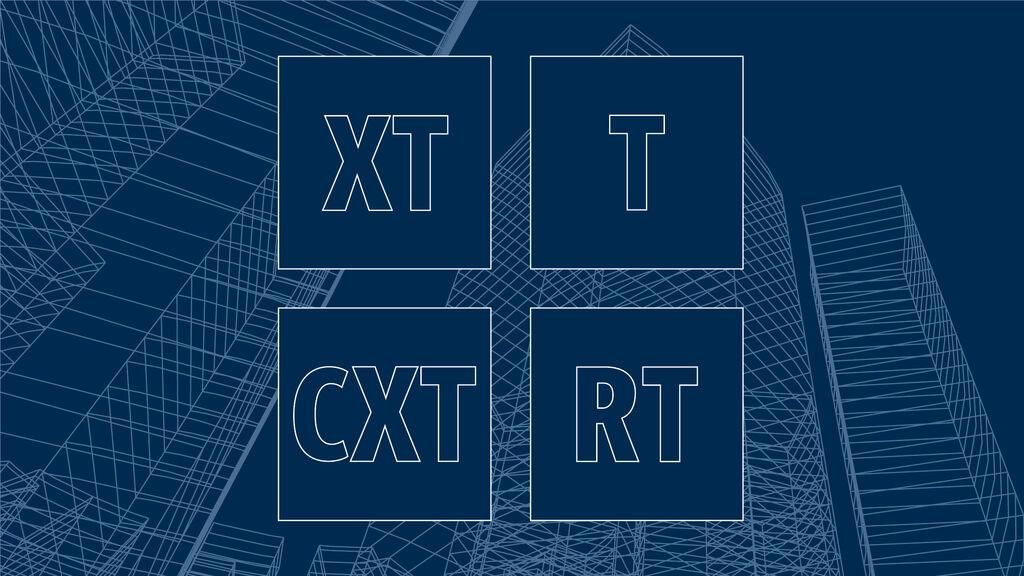The Schöck Isokorb® product name is clearly structured. The sequence of the name components will always remain the same. At the beginning there is the brand and model, in the middle the type and performance class with all features and at the end the generation.
Schöck Isokorb®.The future model.
We would like to provide you with optimal support for your building projects. To help keep track of the growing variety of products, we are introducing a new naming structure for the Schöck Isokorb® product range. At the same time, we are making our product portfolio fit for the digital future.
To help you, we explain in detail the new structure of the product naming.
For construction projects already planned, you can of course continue to use the old naming this year. For new construction projects we ask you to use the new names.
read more
The basic types
The abbreviations of the basic types have remained the same except for five types. Anyone familiar with the Schöck Isokorb® range will quickly find their way around.
The previously named Isokorb® type KST is now called type S for "steel". One of the benefits of the product lies in its modular nature. This is what our previous type KST did not represent in its name. Therefore, we have changed the structure of the product group and decided to rename it Type S, with the connection variants S-N and S-V.
This also affects the steel to concrete connections, previously named type KS and type QS. Again, "S" for "steel" will be used as a prefix, with the products now named type SK and type SQ.
The previous Type S and Type SXT are now called Type B for "beams".
The previous connections for corner balconies type K-corner and type EXT are now called type C for "Corner".
The basic type is directly after the word "type".
Example: Isokorb® XT type K-M4-V1-REI120-CV35-X120-H200-6.0
Load Capacity
The load capacity begins with an abbreviation of the respective force (M, V, N). If forces occur in both directions, the letter abbreviations are doubled (MM, VV, NN). The load-bearing levels are numbered consecutively, starting with 1 for the smallest load-bearing level. Different Isokorb® types with the same load bearing level designation do not necessarily have the same load bearing capacity. The load-bearing level must always be determined using design tables or design programs.
Fire Resistance
The fire resistance class (e.g. REI120) will follow the capacity and forms an integral part of the product name. If no fire protection is provided, the designation will be R0.
Example: Isokorb® XT type K-M4-V1-REI120-CV35-X120-H200-6.0
Dimensions include the following information:
- Concrete cover CV
- Insulation thickness X
- Insulation height H
Dimensions may also include the following information:
- Insulation length L or insulation width B (depending on installation position), if not the standard length of 1000mm
- Bond length LR
- Diameter Thread D
Example:Isokorb® XT type K-M4-V1-REI120-CV35-X120-H200-6.0
The generation number changes as a result of product developments and concludes each product designation of a Schöck Isokorb®.
Example: Isokorb® XT type K-M4-V1-REI120-CV35-X120-H200-6.0







